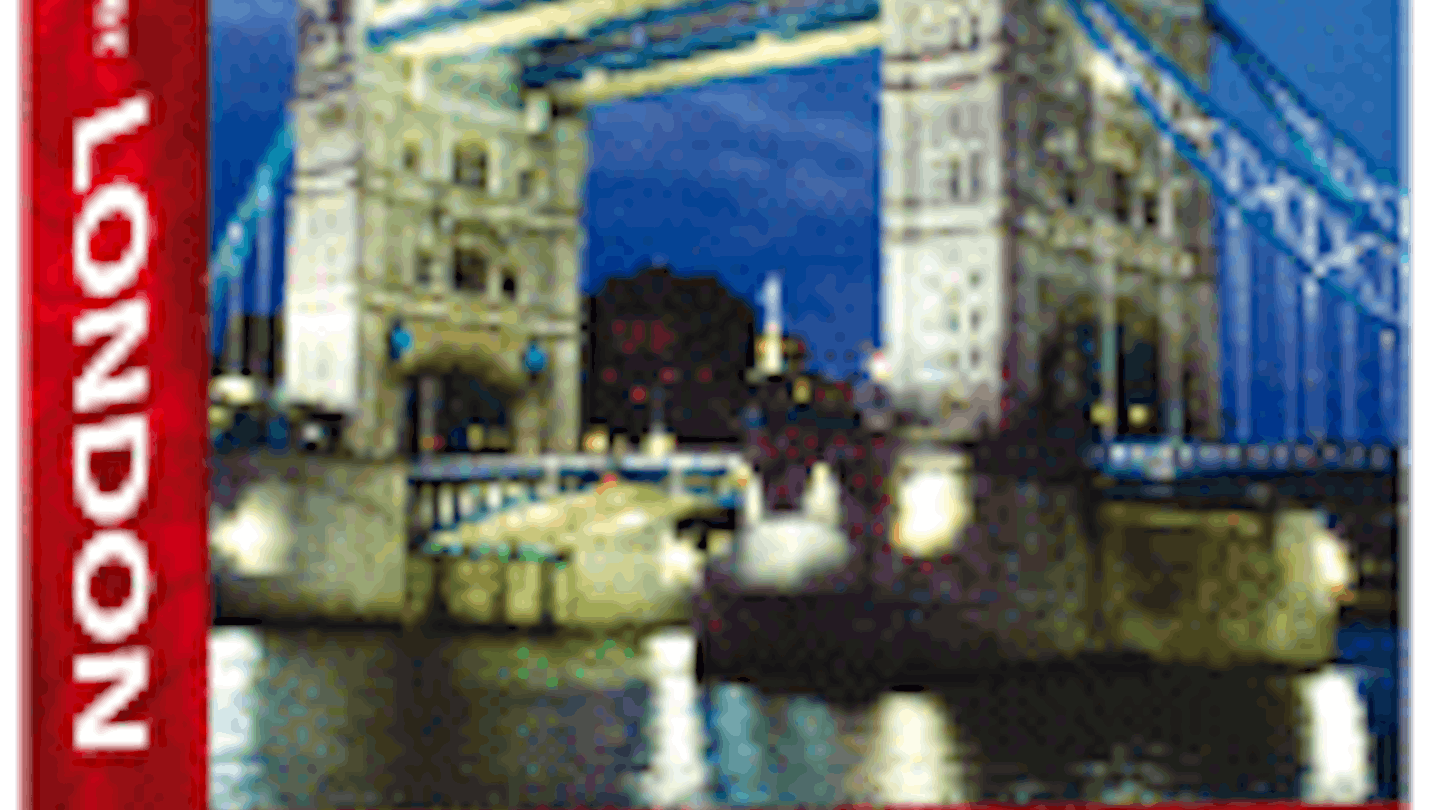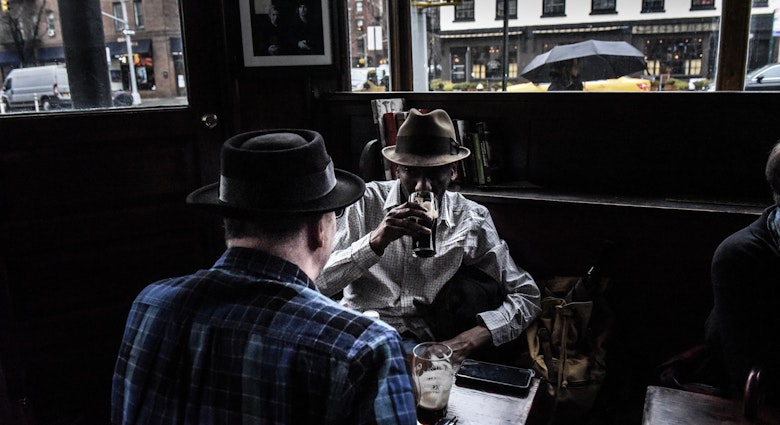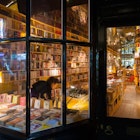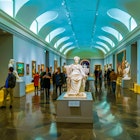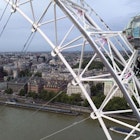Want to know more about London’s royal history? Here’s a handful of essentials, spanning time from first-laid stones to chopped heads and very outrageous wigs.
Westminster Abbey
It’s impossible to overstate the symbolic value of this Early English Gothic abbey in terms of British history and British royalty. It’s the spot where Elizabeth I and Henry VIII took the crown – in fact all English sovereigns but two since 1066 – and most monarchs from 1272 to 1760 are buried here too, including the elaborate tomb of Elizabeth I and her cousin Mary Queen of Scots. Visits of the abbey – which was first built here in the 11th century – include looks at the 13th century Coronation Chair and the sacred Chapel of St Edward the Confessor, founder of the abbey. Plus this is where William and Kate will be wed April 29. Entry is £16, an extra three gets you a 90-minute guided tour; or time a visit to attend an evensong service (5pm weekdays, 3pm weekends). Find out more about Westminster Abbey.
Buckingham Palace
Originally built in 1705 for the Duke of Buckingham, this 661-room mansion has been the royal family’s London lodgings since 1837. Since the 1990s, it’s been possible to visit – but only when the Queen’s in Scotland in August and September. The highlight of a visit is the 76.5m-long Picture Gallery and John Nash’s gorgeous fluted ceiling in the Blue Drawing Room. Perhaps more essential is coming to get a photo of the 'Changing of the Guard', when Foot Guards of the Household Regiment, as they’re called, trot out to relieve the old guard. It’s done at 11:30am April to July, alternate days (weather permitting) August to March. Find out more about Buckingham Palace.
Tower of London
The infamous castle is touristy, but well worthwhile. 'Beefeater' Yeoman Warders put a lot of personality into guided tours of the castle that dates to William the Conqueror’s reign in the 11th century. Here you’ll find the Crown Jewels, the scaffold site where the heads of Anne Boleyn and Lady Jane Grey took their tumble, as well as some of the two million visitors who visit annually. Admission is a whopping £19.80 pounds. Read more on the Tower of London's website.
Banqueting House
A visit to the Banqueting House, completed in 1622, is memorable for a few key reasons: it’s the only survivor of the Whitehall Palace (burned down in 1698); its ceiling adorned with stunning Rubens paintings; and the spot where Charles I was beheaded after the English Civil War in 1649. Charles I, who actually commissioned many fine building to improve London’s image around Europe, was spared the humiliating commute to Tower Hill for his execution. Per A.N. Wilson, author of London: A Short History: 'almost the last sight the King would have had... would have been the great Rubens ceilings.' So you can consider that too. Unlike so many of the era, Charles I was executed in a single chop. It’s five quid to enter.
St Paul’s Cathedral
One of Christopher Wren’s masterpieces – and a survivor of the wrecking ball of the Victorian age – this 1710 church replaced an original destroyed in the Great Fire of 1666, hosted Winston Churchill’s funeral, as well as the ill-fated wedding of Charles and Diana. One of the best reasons to visit, though, is a walk up the 530 stairs to the dome, and one of London’s finest views. Admission is £14.50.
Kensington Palace
Built in 1605, and a favourite of William and Mary of Orange, this palace’s most famous resident of late is Diana, who moved in after separating from Prince Charles. There’s a royal art collection featuring Van Dycks, and a beautiful Cupola Room, where Queen Victoria was christened (she was born here at Kensington in 1819). Admission is £12.50. Read more about Kensington Palace.
National Portrait Gallery
This wonderful museum puts faces to names of over five centuries of British history, and monarch-minded tourists can breeze past assorted dukes and earls (pssk!) and focus on monarchs laid out by region. Highlights include two portraits of Elizabeth II by Andy Warhol and getting a closer look at that heavy-metal periwig that Charles II was so fond of. Admission is free (and if the royal tour is starting to burn a hole in your pocket, Lonely Planet's article, 20 free things to do in London, is here to assist).
Queen’s House
A free royal-residence alternative in Greenwich is this 1636 Palladian building by Inigo Jones, which became the home of Charles I.
King’s Road
It’s worth pointing out that this swinging '60s fashion hub, accessed by the Sloane Square or South Kensington Underground stops, is so named because of Charles II’s tendency to dally a bit in el noche. In the 17th century, the king used a farmer’s track here to visit his mistress Nell Gwyn, an orange-seller turned actress – eventually the tryst pathway became known as King's Road.
You can download Lonely Planet's Royal London audio walking tour app from the iTunes store
For more, go to lonelyplanet.com and see Lonely Planet Travel Editors Robert Reid and Tom Hall's perfect day in royal London, a video guide to the top royal destinations across London.
Lonely Planet's Discover London: all you need to experience the best of the city.
